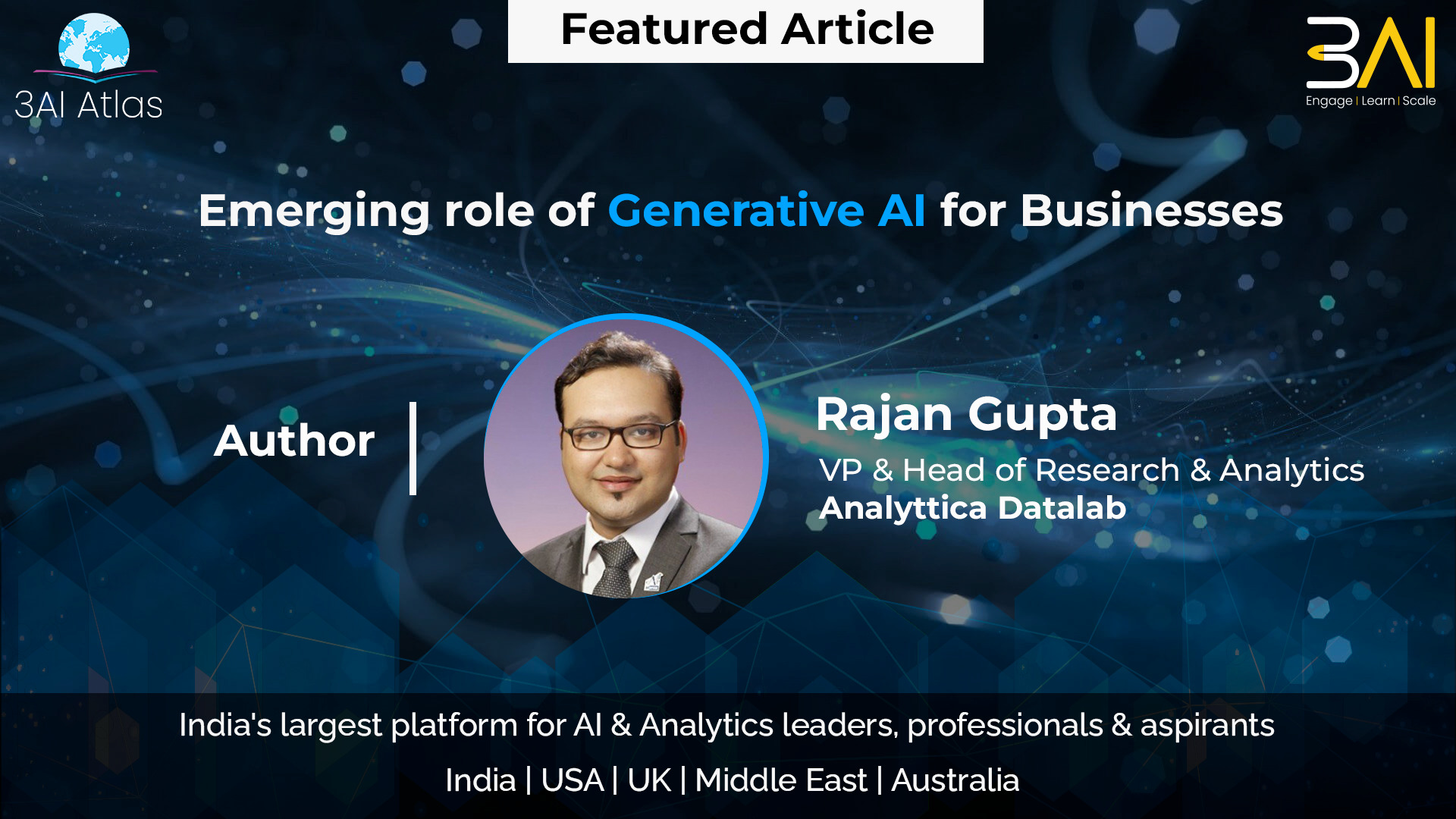Crossing the AI Adoption Chasm
3AI March 5, 2023

Featured Article:
Author: Abhishek Tandon, Director, Customer Success for Fosfor, LTIMindtree
Chapter 1: The chasm between AI outcomes and business value
The message is loud and clear. AI projects are not seeing the level of adoption and ROI that was expected of them over the last decade. But there is no doubt that AI Rules. It is today a board room conversation of every company irrespective of size. Companies have realized that AI is the stepping stone to business transformation. Despite all the money, intent and push behind AI, why is there such a big gap between its perceived value and real value? Why is it that for the past decade, there have been huge strides that have been made in technology but none of them have been able to answer the question – “When will I see ROI from my AI investments”.
The answer lies in the way AI projects and technologies are approached. The issue is not the dearth of technology, but the way it is being administered to business. Technology is viewed as an end goal whereas when it comes to AI, technology is only a means to an end. What do we mean by this? The reason why AI is critical for organizations is because it solves for key business problems and improves our ability to take decisions faster. This in turn has a direct impact on the way business is conducted and hence, we expect a better bang for our AI buck. While the implementation is done by technologists, the use of AI is done purely by business users. This is where the chasm starts getting created.
Technologists are focused on solving tough problems, like getting the best accuracy or creating the most robust platform. They are not the best when it comes to user experience. Once an AI solution is built, it needs to be properly integrated into the business decision workstream for them to utilize it. Business users are least interested in the backend genius that has been put in. They only want an easy to consume output at the time of decision making. Google is the perfect example of abstracting complexity. Despite all its gargantuan AI engine, it’s a tool that can be used by 4 year old or a 90 year old without any handholding. That is the extreme end of how AI should be disguised under a core value proposition.
Therefore, AI projects need to be thought through end-to-end. They shouldn’t just stop at the point that proof of technology is achieved:
- AI projects need to go multiple layers deeper to see how their end users will consume the outcome. Will it be integrated with their business process systems, or embedded in their reports?
- Users should not be left on their own under the guise of “self-service”. They need to be guided towards making AI initiatives part of their regular routine.
- User persona and motivation need to be mapped and understood. User journeys need to be created so that AI can be truly blended.
- Validation and trust have to be built through a process of training and regular measurement.
The above points can be addressed by transitioning from project management to change management. It is a topic which is hardly talked about in the AI world. Everyone is so focused on the next AI miracle, while the reality is that business is still happy downloading data into Excel. If AI has to be made mainstream, we need make it “people centric” and bring in a structured program which doesn’t stop at technology implementation but goes all the way to business value creation. Through a series of blogs, I will address how we can structure a successful adoption program using change management concepts.
Title picture: freepik.com






